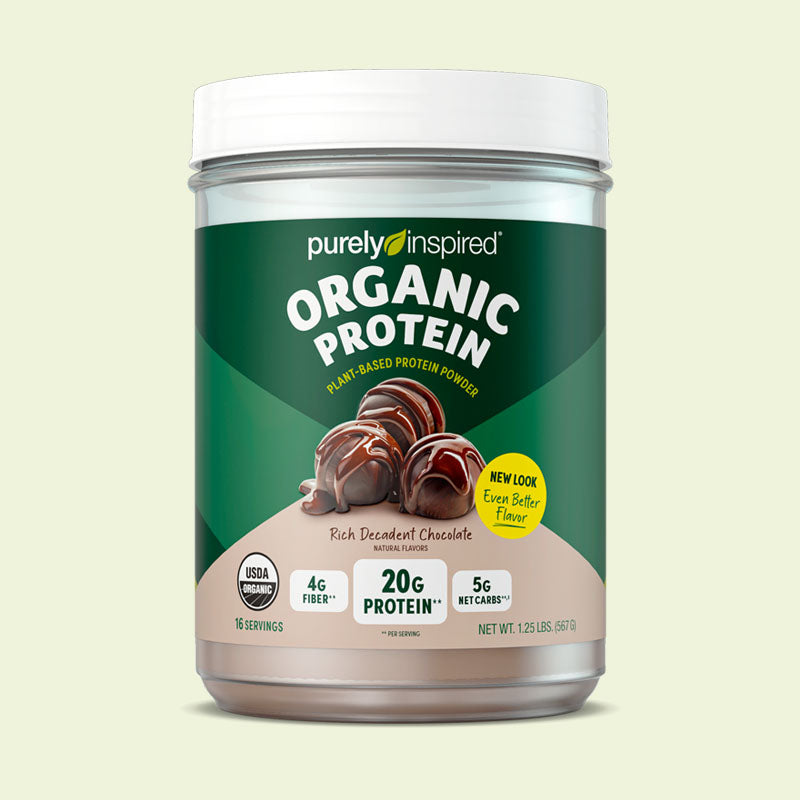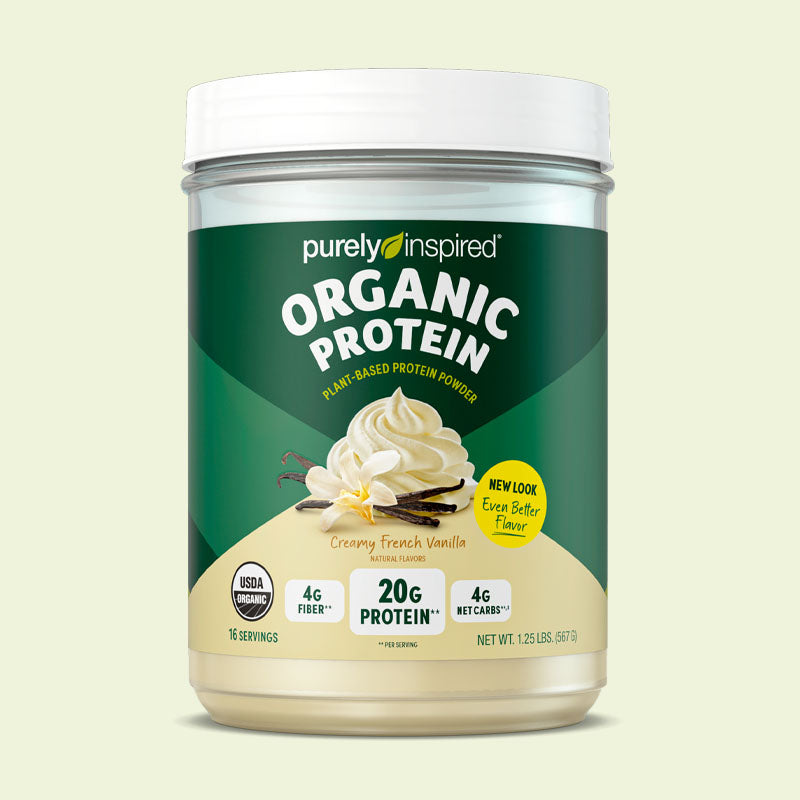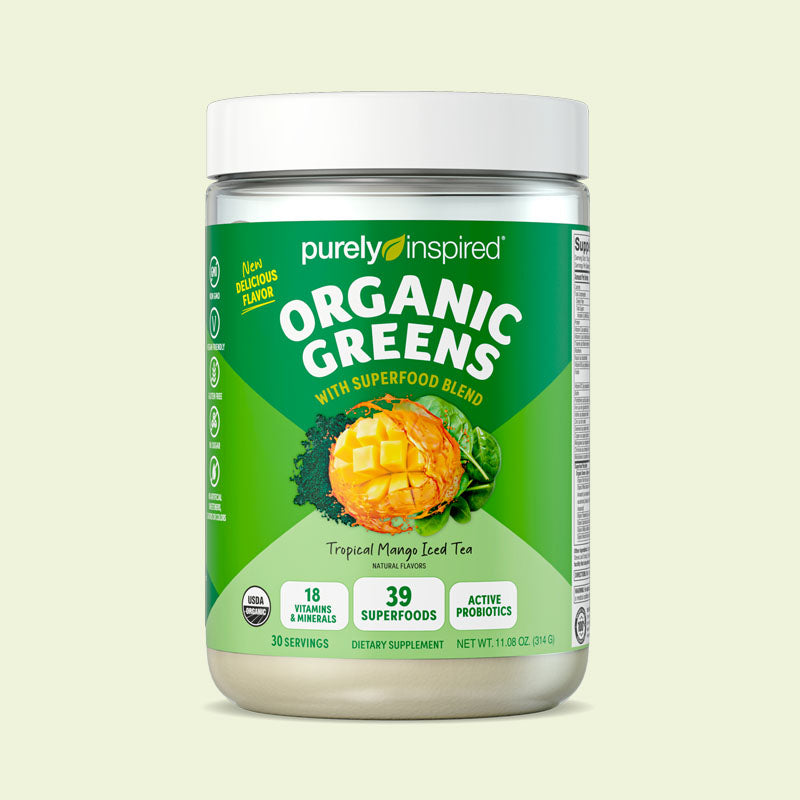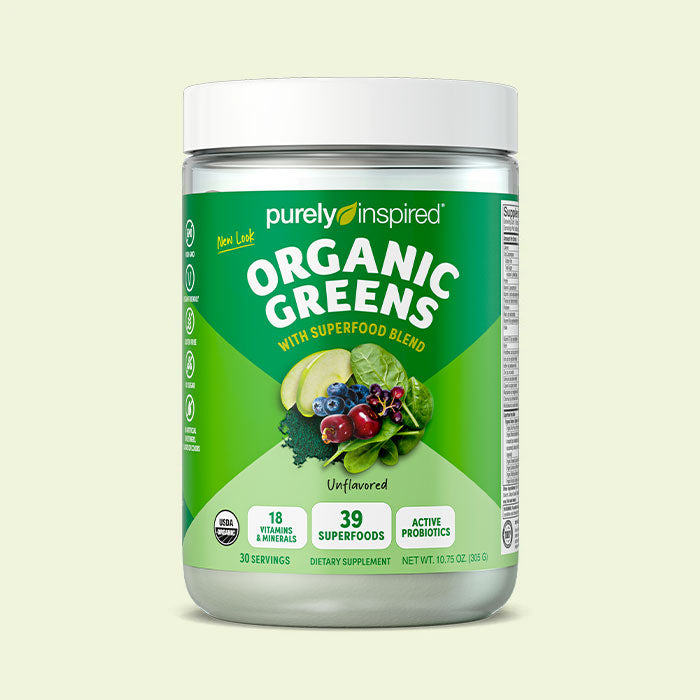So, in order to get you the 411 on Pilates 101, we spoke to an experienced Toronto-based Pilates teacher and former multi-studio owner about how to best prepare for your first Pilates class, the various styles and difficulty levels, class dos and don’ts, and a few key terms that’ll have you looking like a Pilates pro in the know.
What Is Pilates and Can Anyone Do It?
With ultra-fit, supermodel-type A-listers touting the benefits of Pilates, it’s easy to feel intimidated or wonder if you’re “fit enough” to attempt a class, but according to Marta Sawala, Pilates and movement teacher at renowned Body Harmonics in Toronto: “Anyone at any fitness level can begin doing Pilates at any time.”
In fact, Joseph Pilates created the eight core principles of Pilates in the early 1900s, while being detained for his German heritage by British forces just before the First World War. He created the first iteration of Pilates, then known as “Contrology” to reinforce his own health and also to help rehabilitate injured soldiers in his camp.
The eight core principles designed then and still used today are:
- Relaxation
- Concentration
- Alignment
- Centering
- Breathing
- Coordination
- Flowing Movements
- Strength
Then in the 1920s, Joseph Pilates took his brainchild to the US and opened up his first Pilates studio. Today, there are an estimated 40,000 pilates and yoga studios in the United States. Pilates is not only a fitness phenomen that’s evolved and adapted into many styles, but it’s also used in conjunction with physiotherapy, chiropractic, RMT, and osteopathy.
If you’re looking for proof that you can start Pilates at any level of fitness, this is it: “Oftentimes injured people or older clientele seek out or are referred to Pilates because it’s safe for every body,” says Sawala. “But then people get hooked on all the other benefits (see list below). It is accessible to all bodies, young and old, total novice, or elite athletes – even one of the best basketball players in the world is a fan.”
What’s The Difference Between Mat and Reformer Pilates and Which Is Best For Newbies?
“The type of Pilates one could start off with is completely up to the individual,” says Sawala. “Equipment-based Pilates, such as reformer classes (see below for the main styles) are typically a little more expensive than a regular mat Pilates class, mainly due to the cost of the equipment, higher level of expertise required from the instructor, and the limited spaces in a class.”
Typically, only four to eight spots are available in a reformer class due to the space needed for the machines. Mat Pilates is a little more accessible from a financial perspective and it’s usually easier to book a class, since studios can pack people in mat to mat, she adds.
In terms of ease for the newbie, contrary to popular belief, Sawala explains that mat Pilates is actually the more challenging of the two because you don’t have the assistance of the machines, which help to support your limbs and trunk, making the exercises more challenging as the repertoire advances in choreography and precision.
The 7 Main Types Of Pilates
- Classical: The first style designed by Joseph Pilates in the 1920s, classical Pilates involves both mat and equipment exercises but tends to be more rigid, following the same original exercises, in the same order, which may be challenging for some newbies.
- Mat: The best option for newcomers, mat is the most popular form of Pilates because it can be done anywhere without fancy equipment. It teaches all the fundamental Pilates exercises, and can also easily advance as you do because it doesn’t rely on the support of an apparatus, leaving all the stability work up to the advancing exerciser.
- Reformer Pilates: This dynamic style is done exclusively on the reformer machine, which is equipped with a platform, sliding carriage, cables and pulleys, and is scalable for the beginner to the more advanced. Though it may look difficult (and can be once you progress) don’t let that deter you. The reformer offers some support in the way of resistance from springs and weight support, plus a good teacher will modify the exercises and meet you at the level you’re at. Just be sure to choose a beginner class first.
- Contemporary: A catch-all and amalgamation of various Pilates styles—new and old—contemporary refers to what you’ll find in many mainstream fitness studios and appeals broadly to male and female everyday athletes looking to get fit or rehabilitate with the use of equipment and props. It can be very customizable to the individual depending on the teacher and studio.
- Clinical: Typically done one-on-one, this style of Pilates is used for rehabilitation purposes following an injury.
- Stott: Created by Moira Merrithew to help her own neck injury, Stott pilates is a brand of Pilates and arguably the most well-known worldwide. Known for their top-notch reformers, Stott Pilates leans on expertise from rehabilitation and movement specialists and also relies on props like stability balls and bosu balls to maintain the natural curvature of the spine.
What Benefits Can I Expect From Pilates?
No matter which type of Pilates you settle on, the benefits that follow are consistent because the same principles and methodology straddle each style. Here are some of the benefits you may experience with a consistent Pilates routine:
- Improve strength, flexibility, and balance
- Tone and build long, lean muscles without bulk
- Challenge deep abdominal muscles to support your core
- Enhance body awareness by engaging the mind
- Reduce the risk of injury by conditioning movement patterns
- Reduce stress, relieve tension, and boost energy
- Restore postural alignment
- Create a stronger, more flexible spine
- Promote recovery from strain or injury
- Increase joint range of motion
- Improve circulation
- Heighten neuromuscular coordination
- Rehabilitation and relief from back pain and joint stress
- Correct over-training of muscle groups which can lead to stress and injury
- Enhance mobility, agility, and stamina
- Compliment sports training and develop functional fitness for daily life activity
- Improve the way your body looks and feels
Before I Attend In Person, Should I Try A Virtual Class Instead?
It’s generally a good idea to try and attend an in-person class for your first few sessions, if you can. This will help you get a more personalized and full experience as well as feedback from the instructor on your form. It’s well worth the 20-to-30-dollar drop-in fee. But most studios offer a special rate for first-timers. (See below for another way to try your first class free!)
If you can’t find a studio near you, or one that offers a class that fits your schedule, there are plenty of virtual options to choose from.
“Almost every studio has virtual and on-demand classes now due to the pandemic. Many fitness apps also provide online classes,” says Sawala. “Pilates is widely regarded as a complement to other forms of fitness training and companies don’t want to miss out on this demographic.” This means a world of virtual options to choose from.
Pilates Class Dos and Don’ts
Some etiquette rules to keep in mind when attending an in-person Pilates class are similar to those you’d employ in a yoga class and are as follows:
- DO: Leave your phone elsewhere (or turn it to silent)
- DO: Show up a early to introduce yourself to the teacher and get settled in comfortably
- DO: Read the room. “Observe and respect the vibe of the classroom—people enjoying movement together in one space, but not competing. Pilates is very much an individual practice,” says Sawala.
- DO: Pay attention to your needs. Listen—honestly—to your body and only do what is comfortable as you ease in. Break without shame as needed. It’s perfectly normal.
- DO: Clean up after yourself. Wipe off and put away your equipment when the class is over.
- DON’T: Don’t eat a large meal before class. Stick to a light, nutritious meal like Greek yogurt or a protein shake instead of a heavy meal that may cause an upset stomach or nausea due to the variety and positions of the exercises.
Good-To-Know Pilates Lingo
Most forms of fitness class have a distinctive “language.” Not to worry though, “A new student would learn these terms quickly as a good instructor will give a lot of care and attention to a new student,” affirms Sawala. But if you identify as a slightly type-A person who desires to get a leg up before your first class, here are some Pilates-specific terms you’ll hear often, as well as what they mean:
- “Pilates breathing” – This means to breathe in through your nose and exhale through pursed lips, breathing laterally into your back ribs.
- “Neutral pelvis and/or spine” – This is the anatomically correct position of pelvis and spine during movement and in rest.
- “Imprint” – This means to tuck the pelvis anteriorly (aka towards your back body) to support core movements.
- “Centering” – This means preparing to move by engaging Pilates breath and stacking joints if standing, engaging core muscles – front and back)
- “Pilates stance” – This meeans heels together and toes apart, similar to a ballerina stance.
Bottom Line
This may sound like a lot to take in ahead of your first Pilates class, but remember that the teachers are the paid pros who are there to support you through your first class – and to ensure it’s not your last!
Above all, go and experience your first class with an open mind and try several styles until you find the one that suits you. Keep an open mind and enjoy the journey. Either way, your body will thank you.
A great way to experience your first risk-free class is by getting one for free! From now until June 28th, when you buy any Purely Inspired product, it comes with a free wellness gift* up to $50, in partnership with the National Wellness Network.
*Valid on purchases of participating Purely Inspired products between 5/3/22 – 7/17/22. Contiguous US only. Must be 18+ years of age to participate. Credit card may be required. Limit 1 reward per person. Additional Terms & Conditions apply at purelyinspiredrewards.com
The links used in this article are being provided as a convenience and for informational purposes only; they do not constitute an endorsement or an approval by Iovate Health Sciences International Inc. or any of its affiliates (“Iovate”) of any of the products, services or opinions of the corporation or organization or individual. Iovate bears no responsibility for the accuracy, legality or content of the external site or for that of subsequent links. Contact the external site for answers to questions regarding its content.







